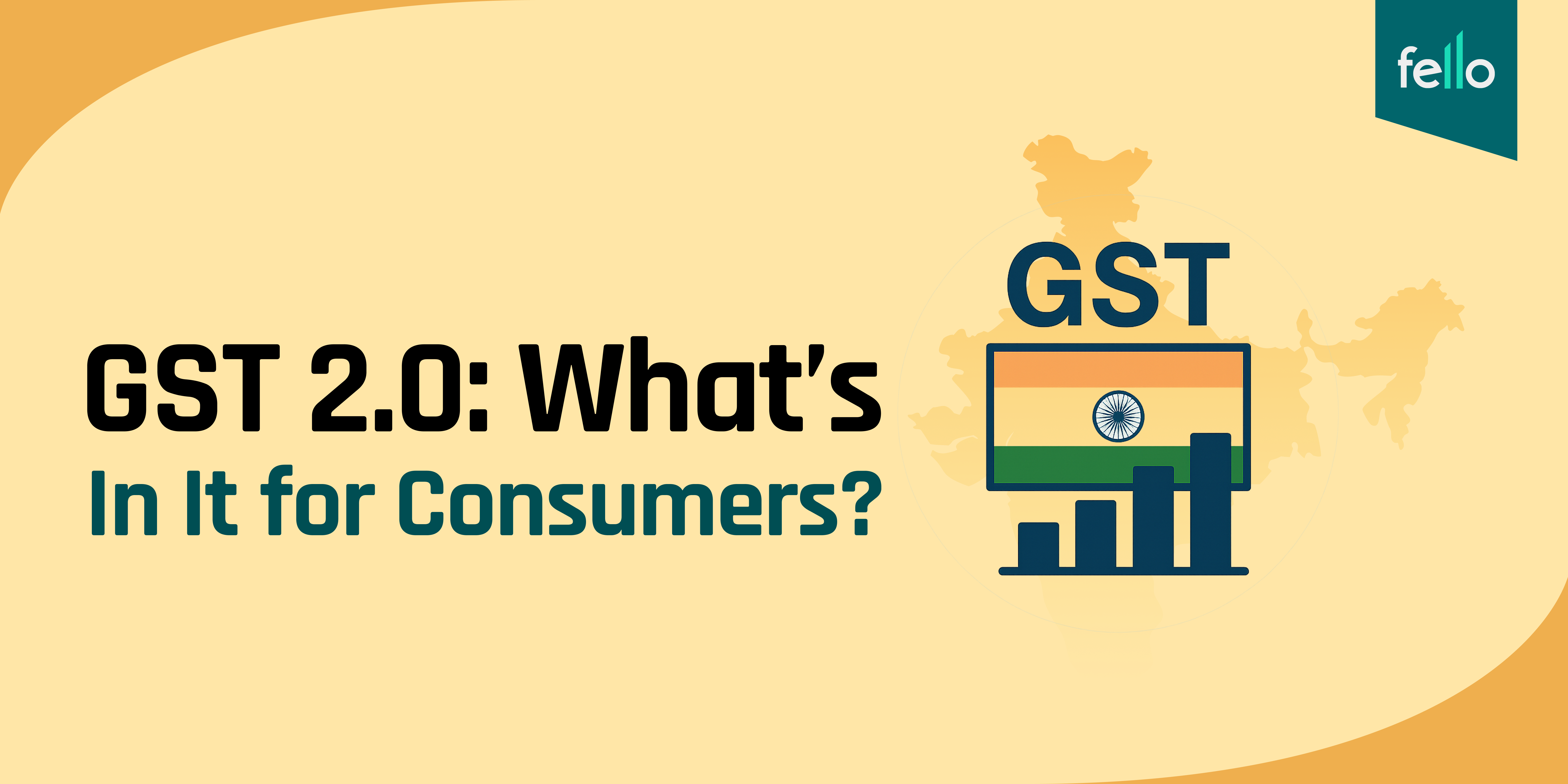PM Narendra Modi, in his Independence Day speech, announced a major revamp in the GST structure to be unveiled by Diwali. This has been positioned as a PM GST Diwali gift, raising questions among households and businesses alike: what is the gift for Diwali by PM, and how will GST2.0 impact consumers?
The details are not final yet; the GST Council still needs to debate and approve them, but the proposals on the table suggest the biggest structural change since GST was launched in 2017.
What is Being Proposed Under GST2.0?
While the government hasn’t released a full framework, early reports and analysis point to a bold simplification:
- Fewer slabs: The 12% and 28% rates may be scrapped, leaving two main slabs- 5% and 18%.
- Reallocation of goods: Items in the 12% slab could move to 5% (benefiting daily-use items), while many in the 28% slab may shift to 18% (benefiting consumer durables).
- A new 40% “sin tax”: Likely on luxury or addictive goods (e.g., tobacco, alcohol, high-end vehicles).
- Abolishing cesses: Moving away from multiple add-on cesses to a cleaner, two-rate GST system.
Economists say this would align India with global norms where fewer indirect tax rates improve efficiency and transparency.
What Could Change for Consumers?
If GST2.0 is rolled out as announced, here’s what consumers might expect:
1. Lower Prices on Daily Needs
Items like fruit juices, namkeens, and sanitary napkins could shift from 12% to 5%, making them cheaper for households.
2. Relief on Big Purchases
Consumer durables such as cars and air-conditioners, now taxed at 28–29%, may move to 18%. That could make buying a new vehicle or appliance significantly lighter on the pocket.
3. Inflation Eases Slightly
Analysts like Emkay Global estimate GST2.0 could reduce inflation by 50–60 basis points annually, especially in food and beverages.
4. Simpler Bills & Transparency
With fewer slabs, bills will be easier to understand. This transparency could reduce disputes and hidden costs.
The Challenges
While the PM has announced GST2.0 as a Diwali gift, the road ahead isn’t without hurdles:
- Revenue Loss for Government: Lowering tax rates on big-ticket goods could mean short-term revenue hits (e.g., ~₹19,900 crore for passenger vehicles, ~₹3,000 crore for ACs, according to Kotak Equities).
- Resistance from States: States rely heavily on GST revenue. For smaller states like Mizoram, Nagaland, or Bihar, over 50% of tax revenue comes from GST. Even larger states like Maharashtra and Karnataka depend on it for ~45%. They may be reluctant to give up revenue.
- Short-Term Demand Dip: Some economists warn consumers might delay purchases until after new rates are implemented, leading to weaker short-term consumption.
Could It Boost Consumption?
The main reason for rate rationalisation is to stimulate spending. India’s private consumption has been sluggish recently, with rural and even urban demand losing steam. Economists believe GST2.0 could:
- Lift nominal GDP growth by -60 basis points in a year (IDFC FIRST Bank).
- Broaden the tax base by reducing evasion.
- Encourage purchases of consumer durables and everyday items.
But this impact is likely to play out in the medium term, not immediately.
Final Thoughts
The PM has positioned GST2.0 as the Diwali gift, promising consumers cheaper essentials, lower rates on durables, simpler bills, and some inflation relief. But for now, these are still proposals. The GST Council has yet to approve them, and states may push back given the revenue implications.
Whether it translates into real savings for consumers will depend on how the reforms are finalised in the coming months.
For now, this is all we can expect and we’ll have to wait and watch what actually gets implemented.

